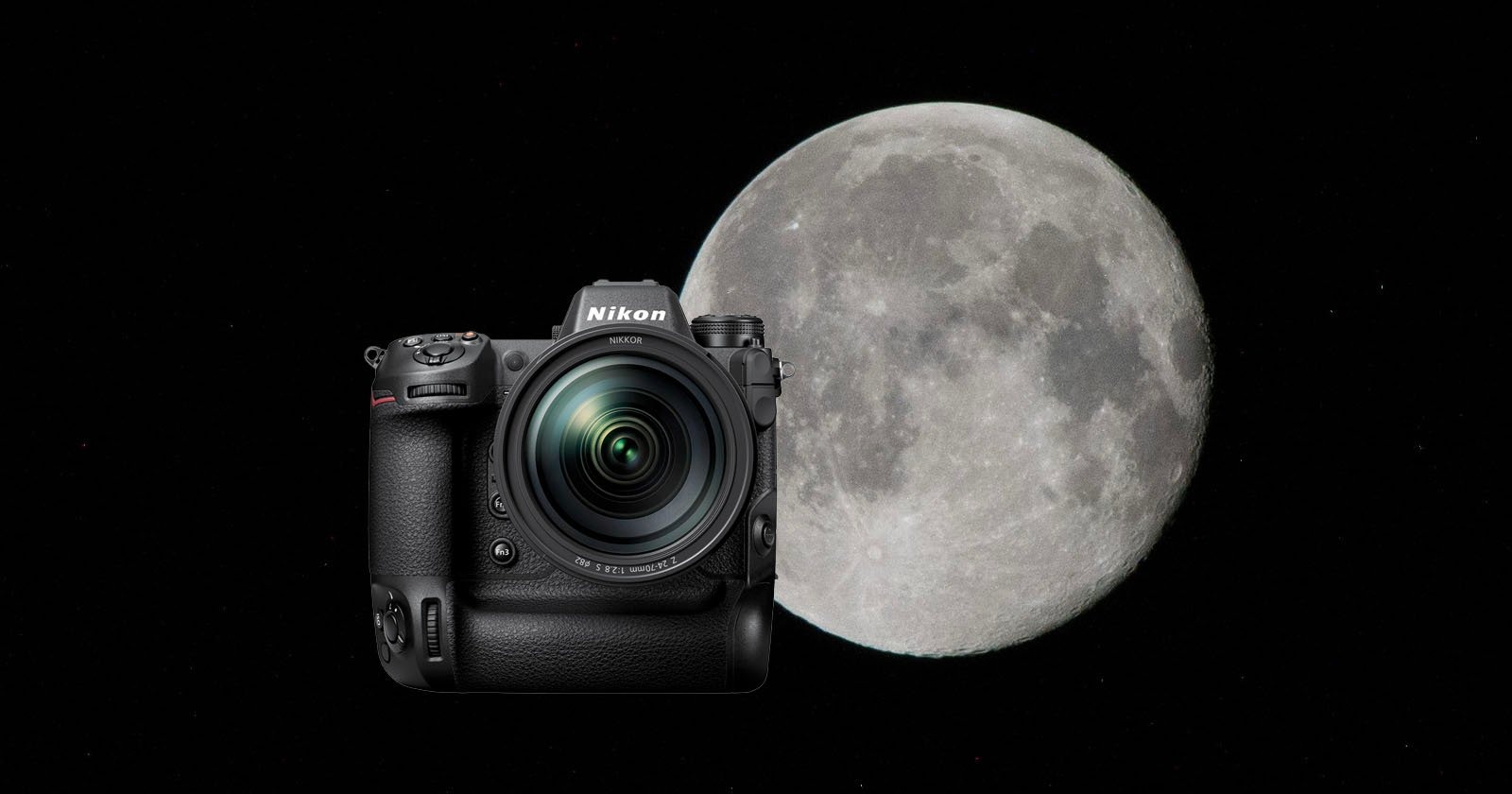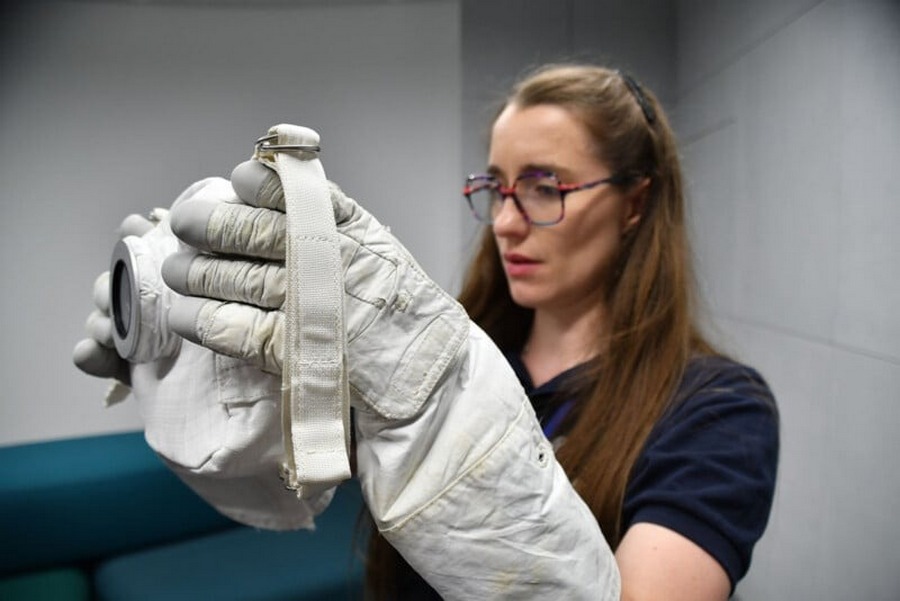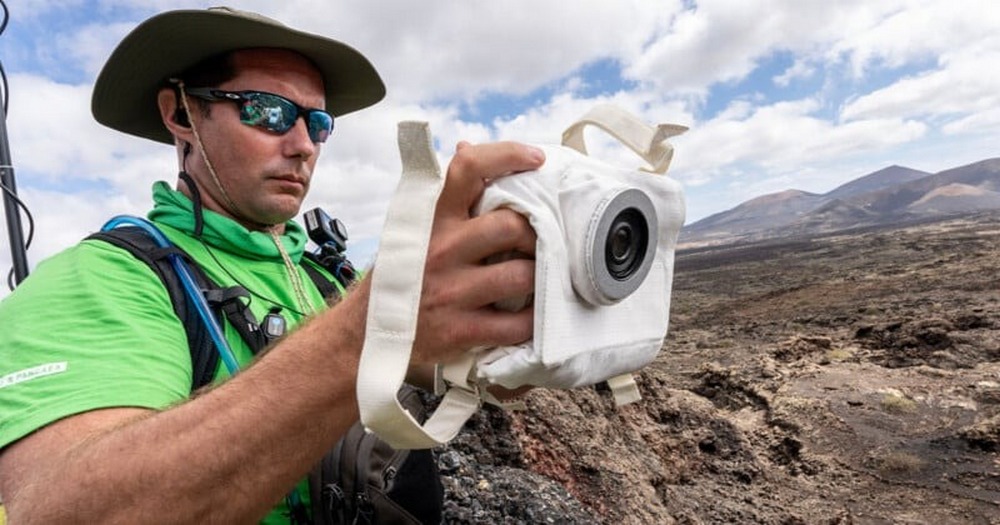Nikon and NASA have joined forces to support NASA’s Artemis space mission. The Japanese camera manufacturer has been selected to develop the universal lunar camera HULC (Handheld Universal Lunar Camera). The project is based on the flagship Nikon Z9 model, designed to become the main camera for astronauts during the future Artemis III mission on the Moon.

Cameras have long been an integral part of space missions. Nikon has a long history of collaboration with NASA and other space agencies, starting with the Apollo 15 mission in 1971, the fourth mission to take humans to the moon.
President and CEO of Nikon Inc. Naoki Onozato, expresses delight at the opportunity to collaborate with NASA on this project. The company’s goal is to develop a space camera so that it works optimally in space conditions and provides comfort for astronauts during shooting.

Due to the extreme conditions on the Moon, Nikon engineers are collaborating with NASA on the modification of the Z9 and HULC. They adapt the camera to significant changes in temperature, cosmic radiation.
Nikon supports NASA in HULC testing, including thermal vacuum tests and simulations on Earth. The camera handle is designed so that astronauts can operate the camera in thick spacesuit gloves during activities on the moon’s surface. The camera will be equipped with a special “thermal blanket” developed by NASA to protect it from the environment. The Z9 cameras aimed at the Moon will undergo significant modifications, taking into account the impact of the space environment on their functionality and image quality.

The Artemis III mission will be historic, because this is the first return of humans to the moon after 50 long years. The crew will be the first female astronaut to set foot on the surface of our moon. Astronauts will spend a week on the moon carrying out new scientific research before returning to Earth.
Thus, the cooperation between Nikon and NASA goes beyond a simple technical partnership, posing a challenge to a historic mission that can significantly affect the future of all mankind.
According to petapixel.com
Follow us on Twitter to get the most interesting space news in time
https://twitter.comne/ust_magazine


